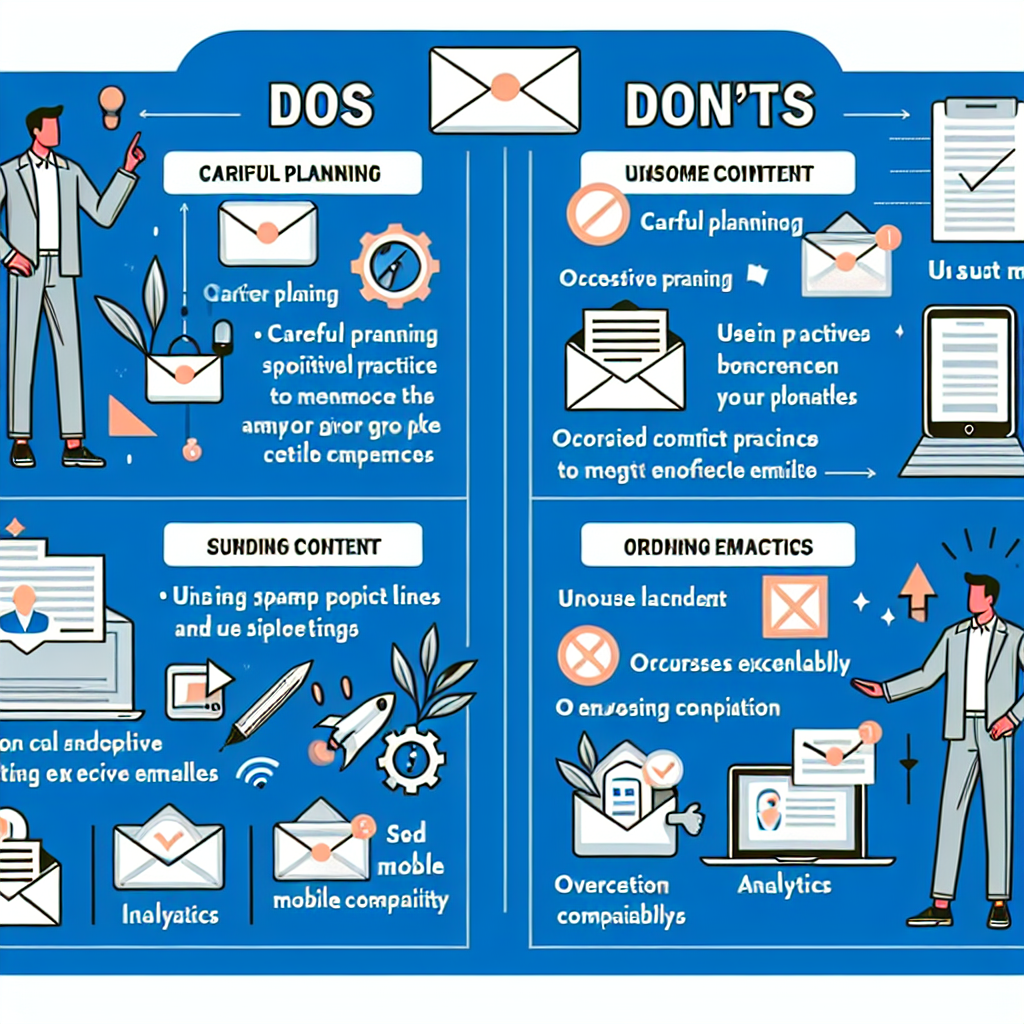How to Use Social Proof in Your Lead Generation Funnels
In today’s competitive digital landscape, standing out from the crowd can be a daunting task. However, one powerful tool that can help your business gain an edge is social proof. Leveraging social proof in your lead generation funnels can significantly increase your conversion rates. This blog post will explore how you can effectively use social proof to attract and convert leads. We’ll provide actionable tips, real-world examples, and dive into relevant statistics to help you succeed.
What is Social Proof?
Social proof is the psychological phenomenon where people copy the actions of others in an attempt to reflect correct behavior in a given situation. In marketing, it refers to the influence that the actions and attitudes of others have on our own behavior. Social proof can take many forms, including customer reviews, testimonials, case studies, social media mentions, and more.
The Importance of Social Proof in Lead Generation
Trust is a critical factor in lead generation. According to a study by Nielsen, 92% of consumers trust recommendations from friends and family over any other type of advertising. Furthermore, BrightLocal found that 88% of consumers trust online reviews as much as personal recommendations. These statistics highlight the importance of social proof in building trust and credibility with potential leads.
Types of Social Proof
There are several types of social proof you can use in your lead generation funnels:
- Customer Reviews and Testimonials: Displaying positive reviews and testimonials from satisfied customers can build trust and encourage potential leads to take action.
- Case Studies: Detailed case studies that showcase how your product or service has helped other customers can be very persuasive.
- Social Media Mentions: Highlighting mentions of your brand on social media can demonstrate your popularity and credibility.
- Expert Endorsements: Endorsements from industry experts or influencers can lend significant credibility to your brand.
- User-Generated Content: Sharing content created by your customers, such as photos or videos of them using your product, can be very effective.
How to Incorporate Social Proof in Your Lead Generation Funnels
1. Display Customer Reviews and Testimonials
One of the easiest ways to incorporate social proof in your lead generation funnel is by displaying customer reviews and testimonials. Place them strategically on your landing pages, product pages, and even in your email campaigns. For example, Amazon prominently displays customer reviews on product pages, which helps potential buyers make informed decisions.
2. Use Case Studies to Showcase Success Stories
Case studies are highly effective because they provide an in-depth look at how your product or service has helped other customers achieve their goals. Create case studies that highlight specific challenges your customers faced and how your product or service provided a solution. Include statistics and tangible results to make them more compelling.
3. Highlight Social Media Mentions
Social media is a powerful platform for social proof. Share positive mentions of your brand from satisfied customers on your website and in your marketing materials. You can use tools like Hootsuite or Sprout Social to monitor and curate social media mentions. Additionally, consider embedding a social media feed on your website to showcase real-time mentions and interactions.
4. Leverage Expert Endorsements
Expert endorsements can significantly boost your credibility. Partner with industry experts or influencers who can vouch for your product or service. Feature their endorsements prominently on your website and in your marketing campaigns. For instance, a skincare brand might collaborate with a dermatologist to endorse their products.
5. Share User-Generated Content
User-generated content (UGC) is incredibly persuasive because it comes directly from your customers. Encourage your customers to share photos or videos of them using your product on social media. You can create a branded hashtag to make it easy to find and curate this content. Share UGC on your website, social media channels, and in your email campaigns to build trust with potential leads.
Real-World Examples of Social Proof in Lead Generation
Let’s take a look at some real-world examples of how companies are using social proof to generate leads:
Example 1: Airbnb
Airbnb effectively uses social proof by displaying customer reviews and ratings for each listing. Potential guests can read reviews from previous guests, which helps build trust and confidence in their booking decision. Additionally, Airbnb highlights the number of bookings and the average rating for each listing, further reinforcing credibility.
Example 2: Slack
Slack, a popular team collaboration tool, uses expert endorsements and case studies to attract leads. Their website features testimonials from well-known companies like IBM and Oracle, as well as case studies that demonstrate how these companies have benefited from using Slack. This approach helps build trust and showcases Slack’s effectiveness.
Example 3: Glossier
Glossier, a beauty brand, leverages user-generated content to attract and convert leads. They encourage customers to share photos of themselves using Glossier products on social media with the hashtag #Glossier. Glossier then features this content on their website and social media channels, creating a sense of community and authenticity.
Actionable Tips for Implementing Social Proof
Now that we’ve explored the different types of social proof and seen real-world examples, let’s look at some actionable tips for implementing social proof in your lead generation funnels:
Tip 1: Collect and Curate Reviews
Actively encourage your customers to leave reviews and testimonials. You can do this by sending follow-up emails after a purchase, offering incentives, or simply asking for feedback. Once you have collected reviews, curate the best ones and display them prominently on your website and marketing materials.
Tip 2: Create Compelling Case Studies
Identify successful customers who are willing to share their stories. Conduct interviews to gather detailed information about their challenges and how your product or service helped them. Use this information to create compelling case studies that highlight tangible results and benefits.
Tip 3: Monitor and Share Social Media Mentions
Use social media monitoring tools to keep track of mentions of your brand. Share positive mentions on your website and social media channels. You can also create a dedicated section on your website to showcase customer tweets, Instagram posts, and Facebook mentions.
Tip 4: Partner with Experts and Influencers
Identify industry experts or influencers who align with your brand values. Reach out to them for endorsements or collaborations. Feature their endorsements prominently on your website and in your marketing campaigns to leverage their credibility.
Tip 5: Encourage and Share User-Generated Content
Create a branded hashtag and encourage your customers to share photos and videos of themselves using your product. Regularly search for and curate this content to share on your website and social media channels. This not only builds trust but also fosters a sense of community around your brand.
Conclusion
Incorporating social proof into your lead generation funnels is a powerful way to build trust and credibility with potential leads. By leveraging customer reviews, testimonials, case studies, social media mentions, expert endorsements, and user-generated content, you can significantly increase your conversion rates. Remember to actively collect and curate social proof, and strategically display it throughout your lead generation funnels. By doing so, you’ll create a more compelling and trustworthy experience for your potential customers, ultimately driving more leads and sales for your business.


